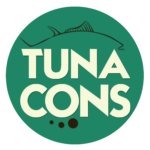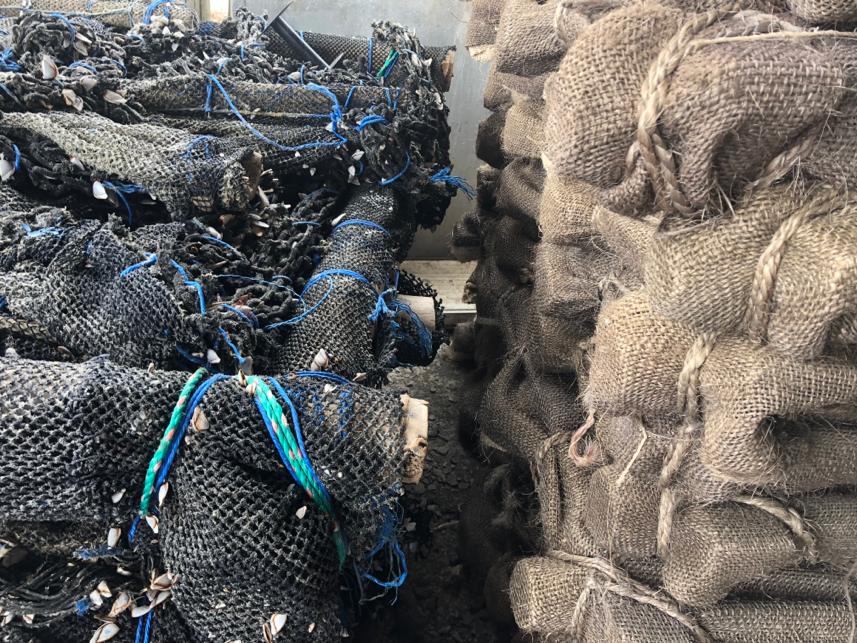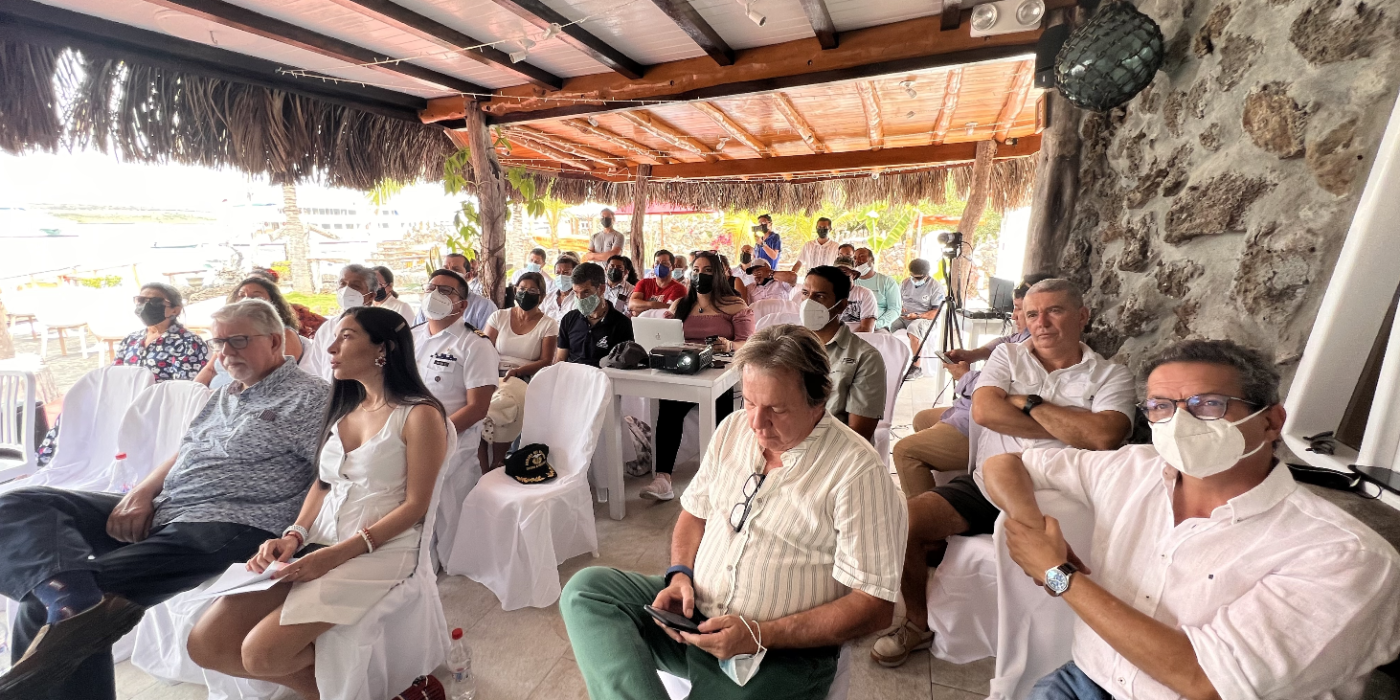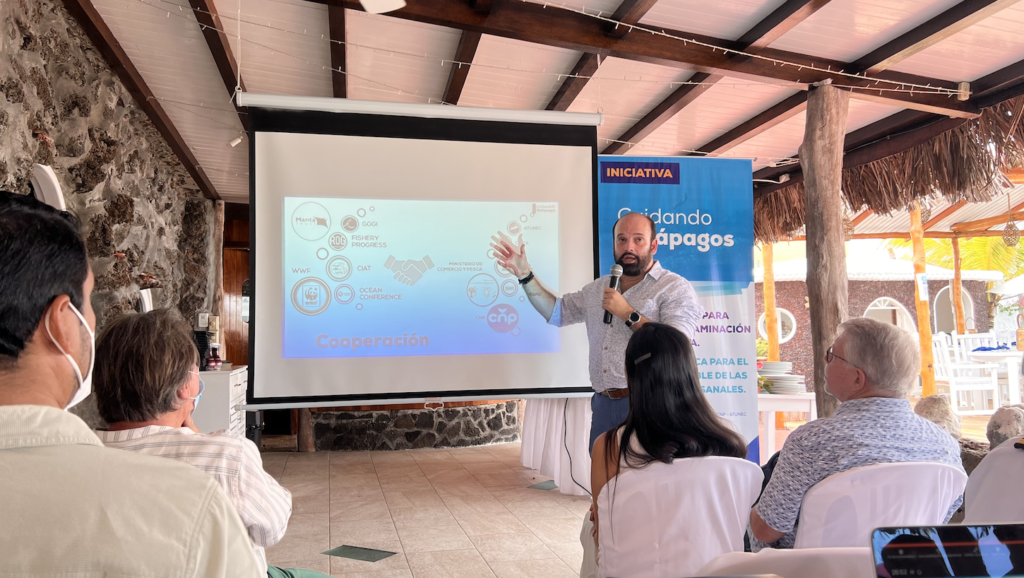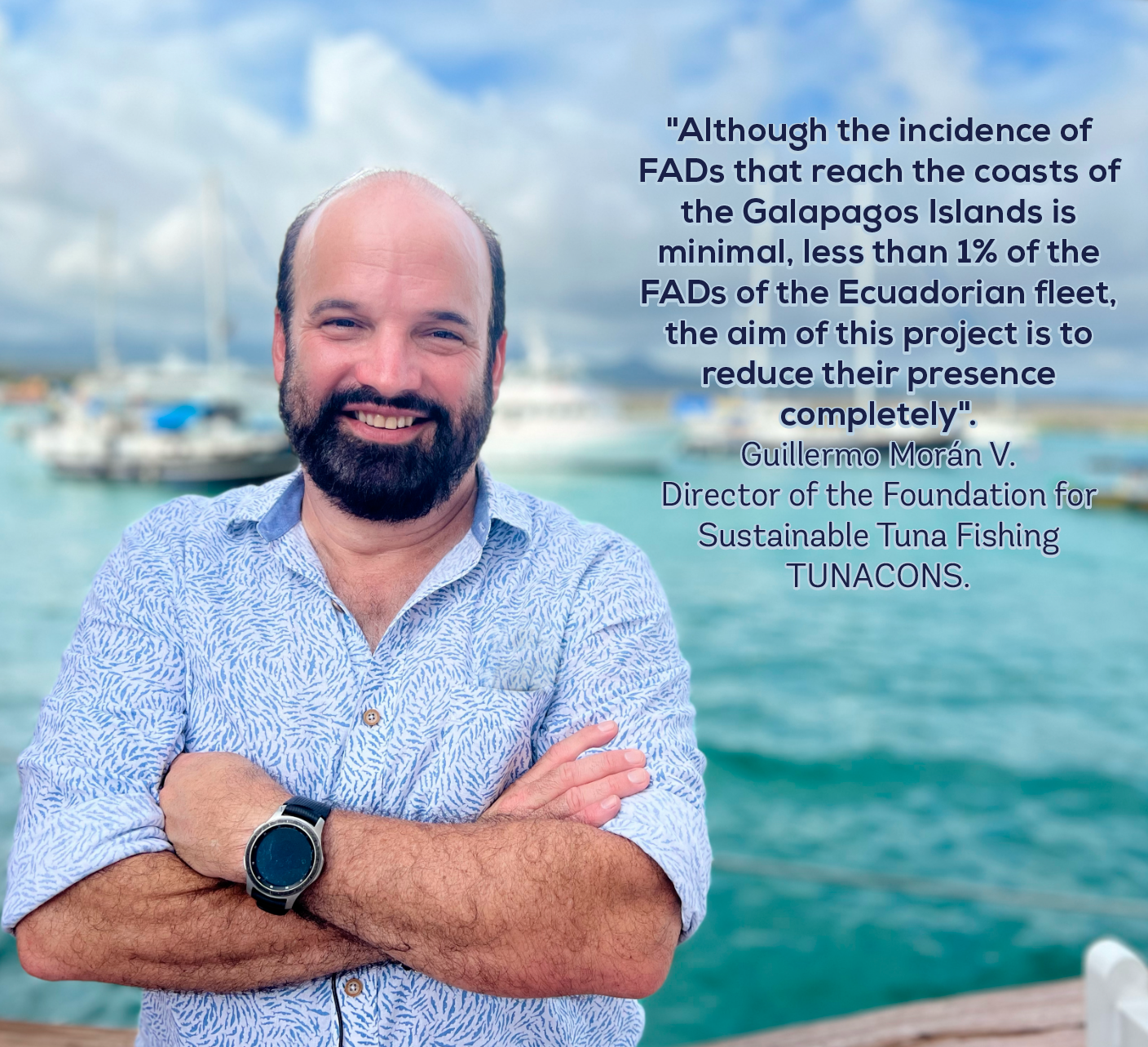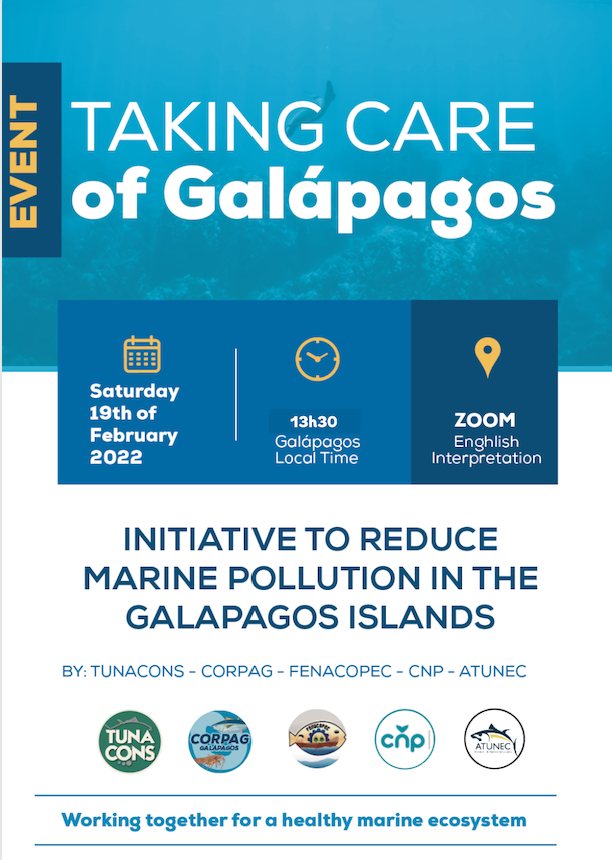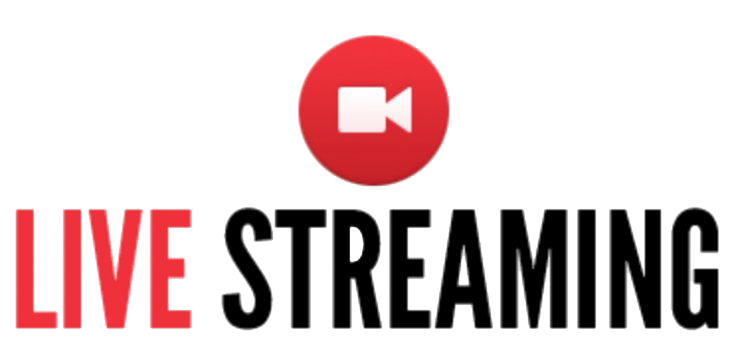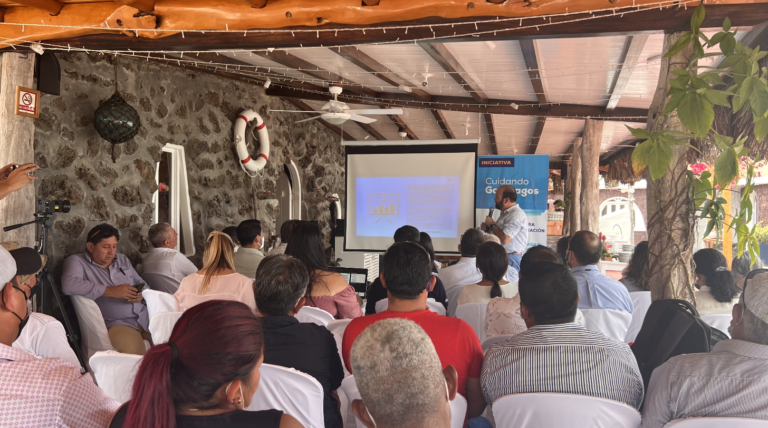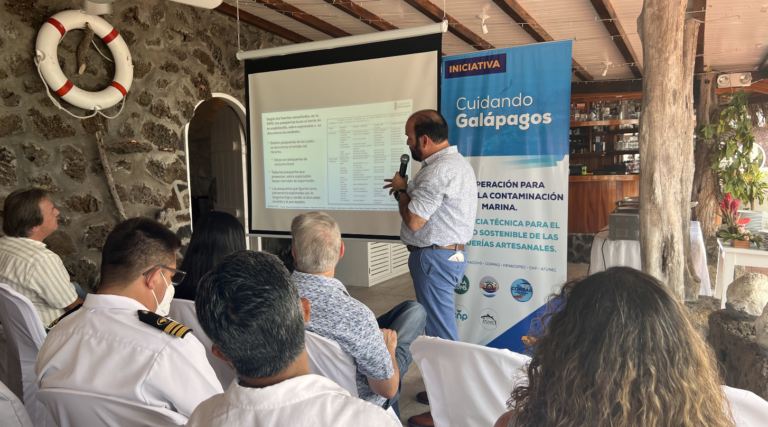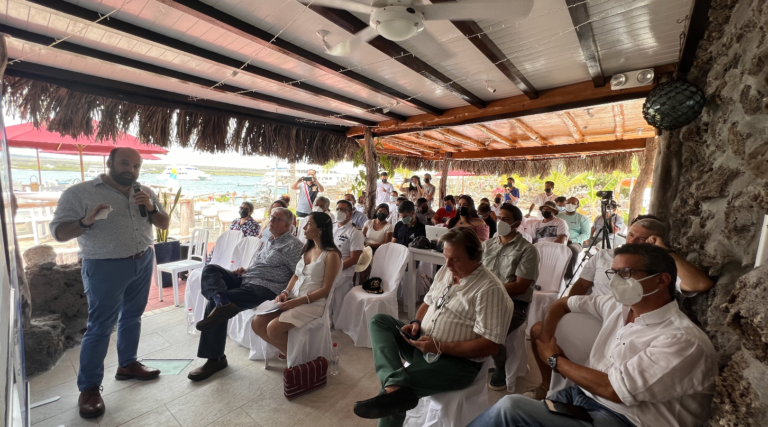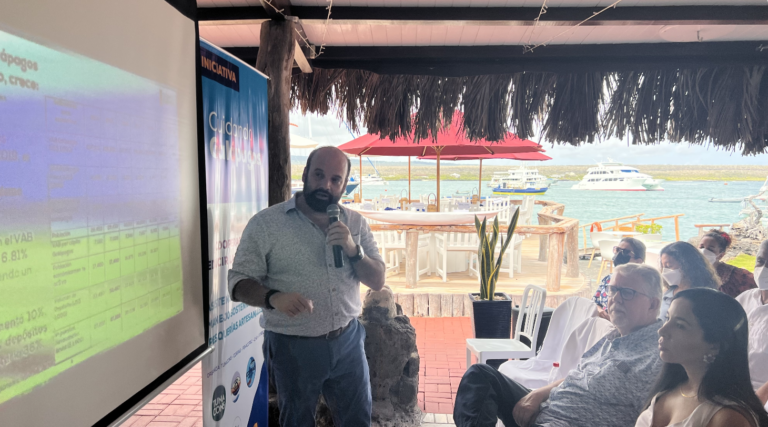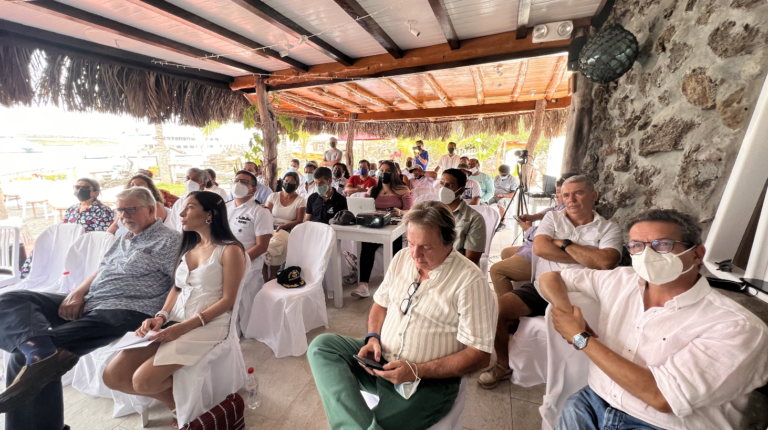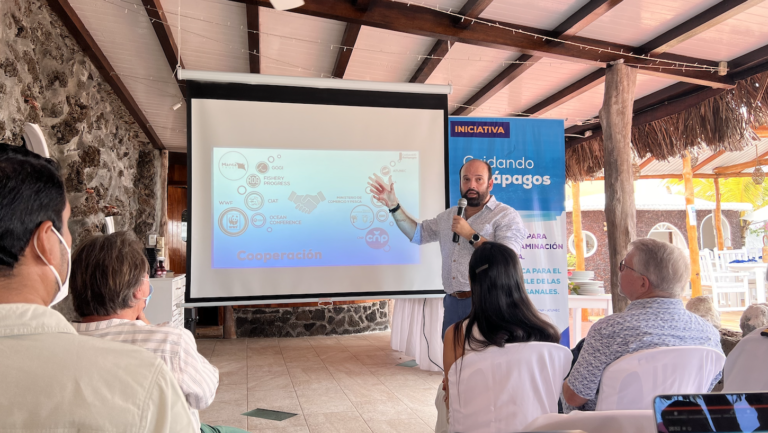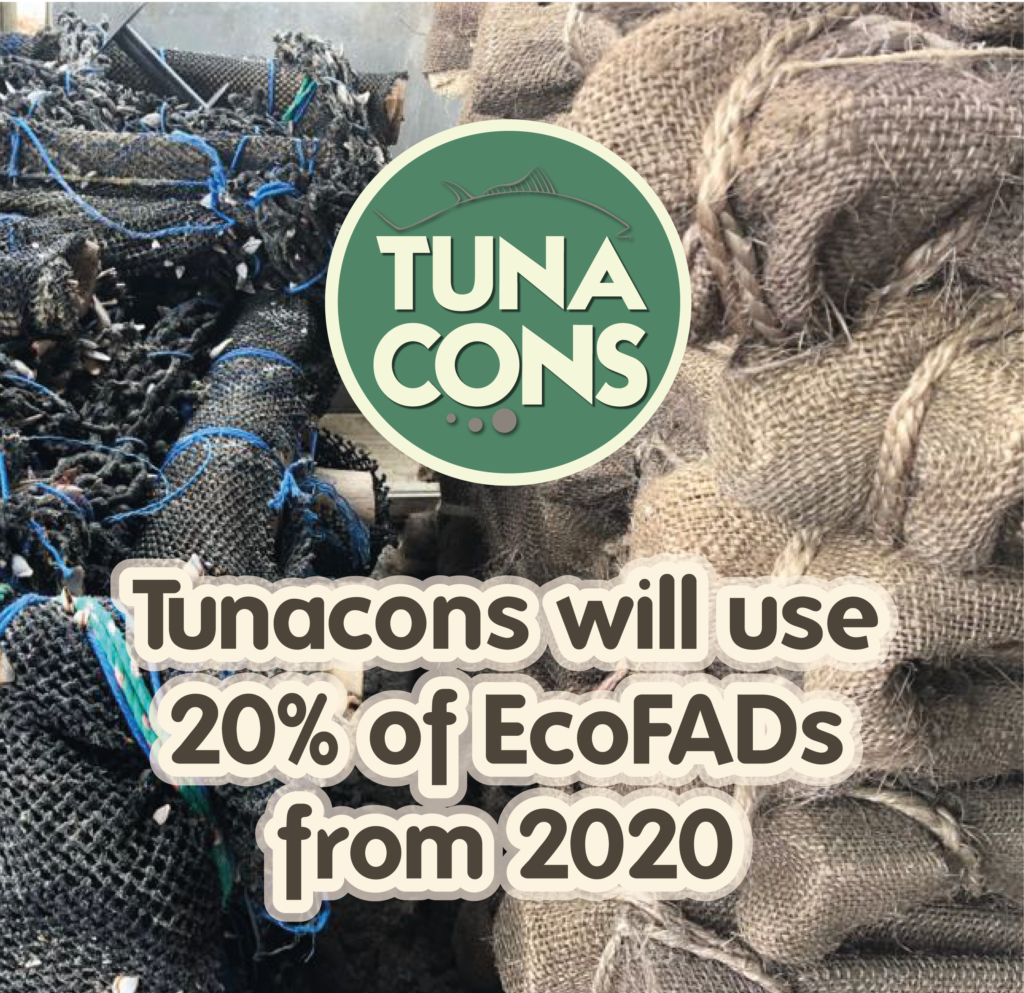En Ecuador (Suramérica) hay una organización gremial que representa los intereses de 7 grandes empresas dedicadas a la pesca del atún con fines comerciales. Se trata de Tunacons, nombre contraído de la expresión inglesa Tuna Conservation o, dicho en español, “conservación atunera”.
Nació como un proyecto corriente de pesquería sostenible, pero ante el apremio mundial por la preservación de las especies marinas muy amenazadas tuvo que transformarse en Fundación para la pesca sostenible de atún, conservando el nombre original.
Con esta última finalidad contrajo voluntariamente varios compromisos para cumplir a lo largo del año 2021 que acaba de terminar, entre ellos reemplazar el 20 % de los Dispositivos Agregadores de Peces (DAP), también conocidos como “plantados” -que normalmente son elaborados utilizando material sintético-, sustituyéndolos con versiones eco-amigables (EcoFAD) elaboradas a base de una fibra vegetal a la que suele llamarse cáñamo de manila o abacá, que desde hace algunos años es cultivada de forma extensiva en territorio ecuatoriano.

Acerca de los plantados
La pesquería de atún alrededor del mundo usa los “plantados” (también llamados FAD por sus siglas en inglés) como una herramienta útil para su actividad. En la jerga pesquera se los llama con ese nombre porque son anclados para flotar en un punto fijo del océano, donde generan sombra bajo la cual se amontonan muchos peces pequeños que sirven de carnada para atraer a los atunes, que aglomerados allí son capturados por los pescadores.

A pesar de la iniciativa de uso de materiales degradables puesta en práctica por las flotas pesqueras de otros océanos, el compromiso formal de Tunacons, de usar EcoFAD, marca un hito que confirma el camino de la industria pesquera hacia prácticas más sostenibles.
La investigación sobre materiales degradables de origen vegetal lleva ya cuatro años en desarrollo. El equipo técnico de Tunacons ha realizado múltiples pruebas de resistencia de diversos materiales, incluyendo las conocidas fibras de cabuya y yute, pero se concluyó -como se lo evidencia en los videos del canal de YouTube de la Fundación- que el abacá es el más resistente ante la alcalinidad del agua de mar.

Prensado del tejido de abacá. / VIDEO: Tunacons / Ecuador
El próximo paso del proceso será realizar un monitoreo de los EcoFAD sembrados o “plantados”, para analizar su resistencia y niveles de captura, y luego continuar ampliando el despliegue de una mayor cantidad de este tipo de plantados.
Acerca de Tunacons

Con el liderazgo de Guillermo Morán Velasquez como director, Tunacons espera alcanzar, en el segundo trimestre de 2022, la primera certificación de Marine Stewardship Council (Consejo de Administración Marina) para la pesca responsable.
La Fundación está conformada por 5 miembros plenos, entre nacionales y extranjeros, a saber: Negocios Industriales Real, S.A.; Eurofish y Servigrup de Ecuador; Pesquera Jadran de Panamá y Trimarine de EEUU. También se unieron, el año recién pasado, 2 nuevos miembros adherentes que son Manacripex y Marbelize.
FUENTE: Tunacons (Guayaquil, Ecuador), mediante comunicado, fotos y video con firma de Mayi Zambrano V. (mzambrano@tunacons.org), quien los envió a REVISTA DE MANABÍ.
In Ecuador (South America) there is a trade organization that represents the interests of 7 large companies dedicated to commercial tuna fishing. It is Tunacons, a name contracted from the English expression Tuna Conservation or, in Spanish, “conservación atunera”.
It was born as an ordinary project for sustainable fisheries, but in view of the global pressure for the preservation of highly threatened marine species, it had to be transformed into the Foundation for Sustainable Tuna Fishing, keeping the original name.
With this last purpose, it voluntarily made several commitments to be fulfilled during the year 2021, which has just ended, including replacing 20% of the Fish Aggregating Devices (FAD), also known as “fad” -which are normally made using synthetic material-, replacing them with eco-friendly versions (EcoFAD) made from a vegetable fiber that is usually called manila hemp or abaca, which for some years has been extensively cultivated in Ecuadorian territory.
FAD sewn with abaca fibers / PHOTOGRAPH: Tunacons / Ecuador
About FADs
The tuna fishery around the world uses “FADs” (also called FADs) as a useful tool for its activity. In fishing jargon they are so called because they are anchored to float on a fixed point in the ocean, where they generate shade under which many small fish are piled up to serve as bait to attract tuna, which are caught by fishermen.
Despite the initiative to use degradable materials implemented by fishing fleets in other oceans, Tunacons’ formal commitment to use EcoFAD marks a milestone that confirms the fishing industry’s path towards more sustainable practices.
Research into degradable plant-based materials has been underway for four years. Tunacons’ technical team has conducted multiple resistance tests on various materials, including the well-known cabuya and jute fibers, but concluded – as evidenced in videos on the Foundation’s YouTube channel – that abaca is the most resistant to the alkalinity of seawater.
The next step in the process will be to monitor the EcoFADs to analyze their resistance and capture levels, and then continue to expand the deployment of a larger number of these types of plants.
About Tunacons
With the leadership of Guillermo Morán Velasquez as director, Tunacons expects to achieve, in the second quarter of 2022, the first Marine Stewardship Council certification for responsible fishing.
The Foundation is made up of 5 full members, among nationals and foreigners, namely: Negocios Industriales Real, S.A.; Eurofish and Servigrup from Ecuador; Pesquera Jadran from Panama and Trimarine from the USA. Two new adherent members, Manacripex and Marbelize, also joined last year.
SOURCE: Tunacons (Guayaquil, Ecuador), through a press release, photos and video signed by Mayi Zambrano V. (mzambrano@tunacons.org), who sent them to REVISTA DE MANABÍ.
